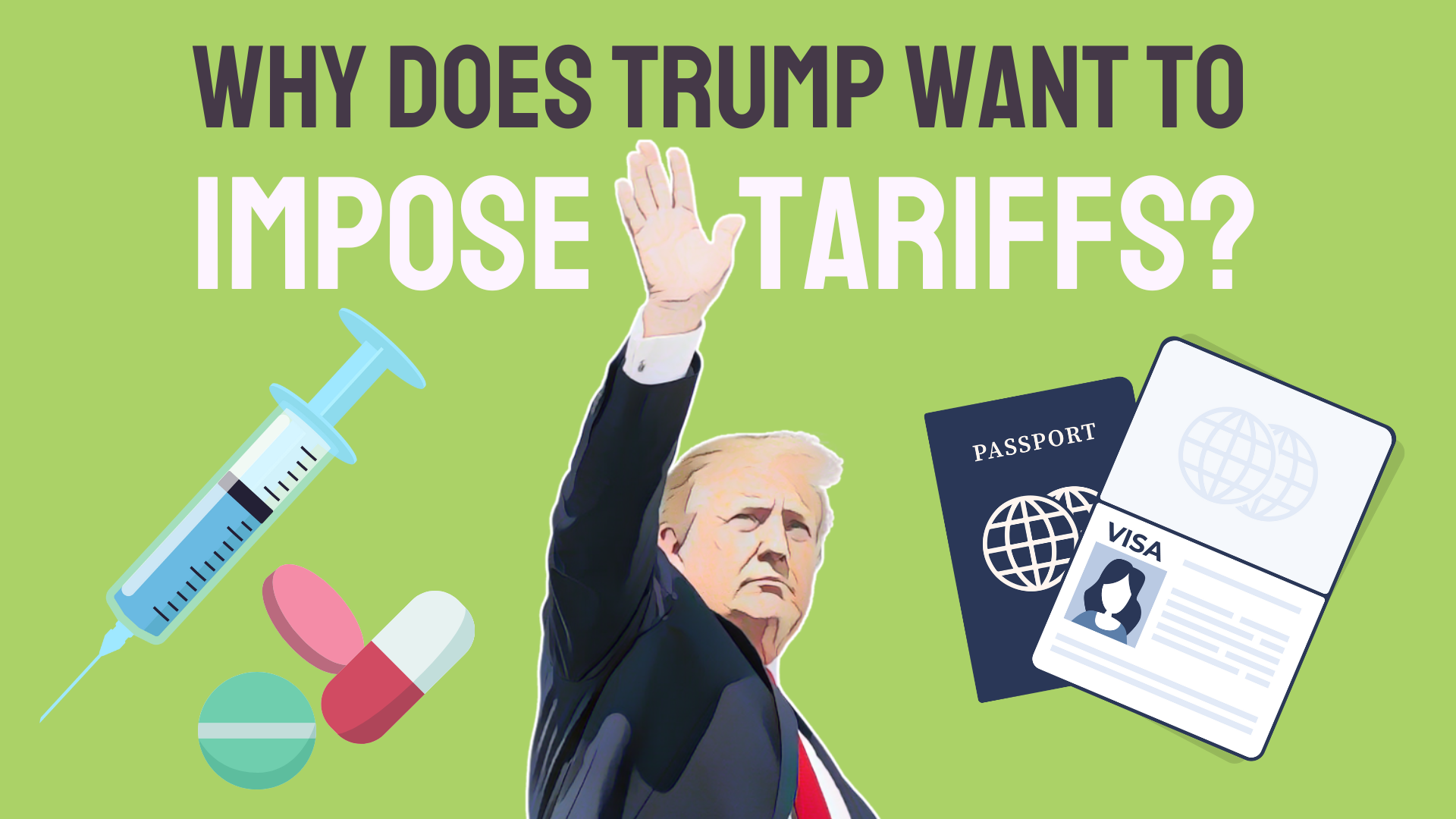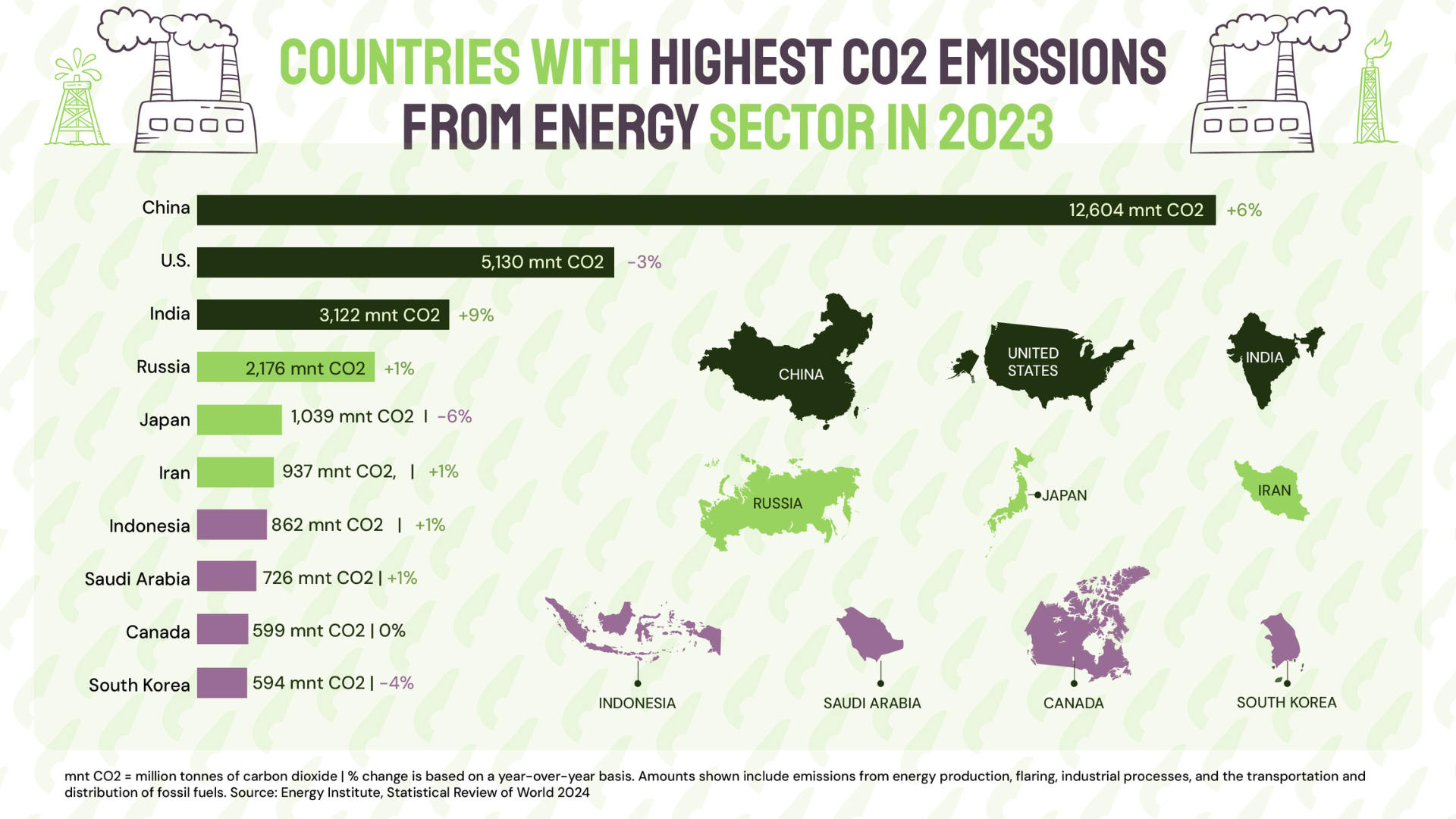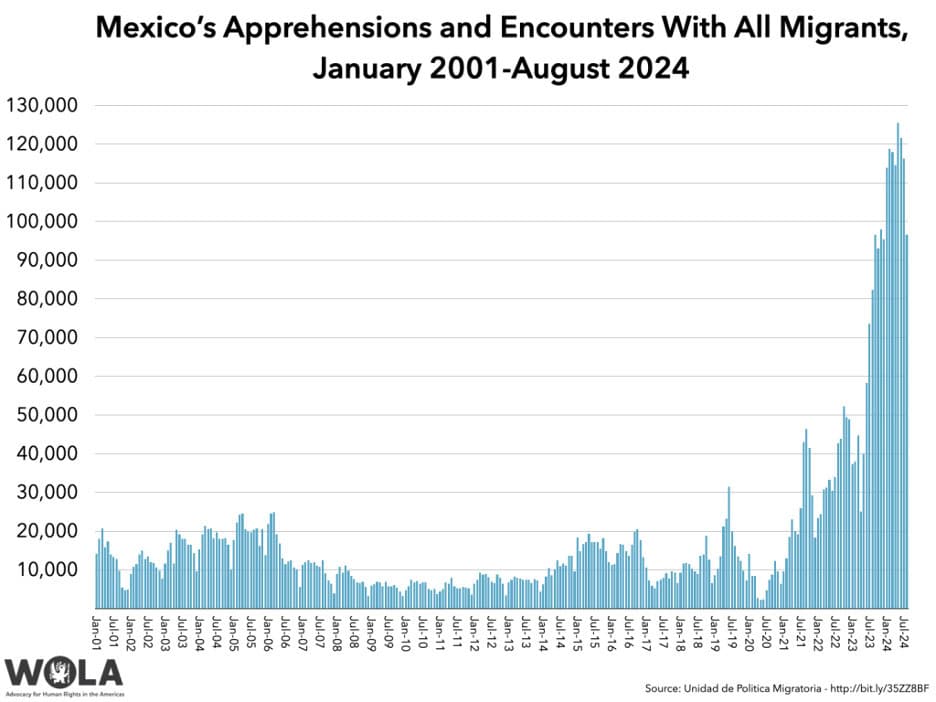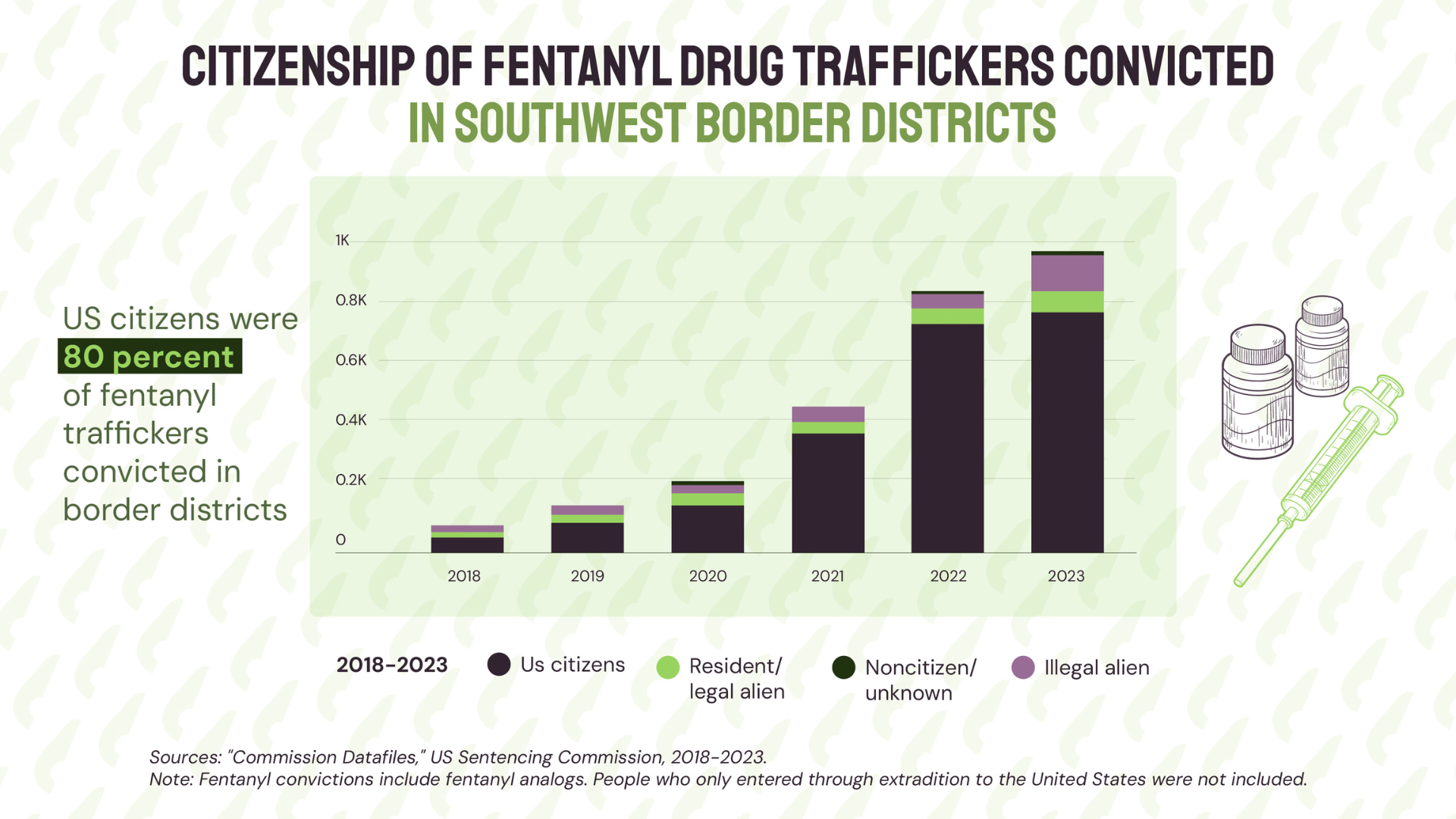Why does Trump want to impose tariffs?

President Trump is back in office and the big question on everyone's mind is why he is so hellbent on tariffs. Here's what you need to know.
With Trump recently taking office, 2025 is shaping up to be a spicy year. The 47th president of the United States has made many promises for his second term, some of which haven’t been received well.
Arguably one of the hottest promises on Trump’s 2025 presidential bingo card is tariffs. In January, Trump announced he would sign an executive order imposing a 25% tariff on all imports from Canada, Mexico, and China.
Trump made good on his promise to impose tariffs on February 1. Lowering grocery prices, not so much. Normally tariffs are used to encourage domestic production, but Trump has other reasons.
“This Tariff will remain in effect until such time as drugs, in particular fentanyl, and all Illegal Aliens stop this Invasion of our Country!” wrote Trump in a post on his social media platform, Truth Social.
To summarize, the targets of Trump’s tariffs are drugs and immigration. According to him, both of these problems were brought to American soil. In truth, most drug trafficking in the United States involves American citizens.
As for immigration, Trump succeeded in reducing legal migration in his last term, but the number of illegal immigrants living in the United States has remained the same.
Solving the immigration crisis in the United States is more complicated than increasing border enforcement, reducing legal migration, or imposing tariffs. Will Trump's tariffs actually solve anything? Probably not.
Instead, these tariffs are Trump's way of insisting the sources of America's problems are foreign. Little does he know, the call is coming from inside the house.

According to him, climate change is the fault of India, Russia, and China; a bold claim considering the United States is one of the top three emitters of carbon pollution in the world.
To put things into perspective, the average American emitted just shy of 14 metric tons of carbon dioxide. The good news is that this number has fallen by 30% since 1990.
Let's just hope that progress isn't reversed under Trump, who has repeatedly called climate change a hoax. Imposing tariffs is Trump's way of accusing his neighbours and largest trade partners of being the problem while denying all responsibility.
Instead of pointing fingers, Trump needs to address the problems within his borders and acknowledge that change doesn't happen overnight.
For example, Mexico has been successfully cracking down on illegal migrants and asylum seekers since 2023, but official efforts started in 2014 with the country’s Southern Border Security Plan.
During Trump’s first administration between 2017 and 2021, he threatened Mexico with a 5% tariff to stop illegal immigration.
Former President of Mexico Andrés Manuel López Obrador and Trump came to an agreement that saw Mexico increase its immigration enforcement.
During Trump's first term, Mexican authorities reported blocking or encountering migrants an average of over 10,500 times per month.
This number increased by over eight times in the last seven months of Biden's administration in 2023 - without the looming threat of tariffs.

Since January, this number has once again increased to an average of over 115,600 per month. Are Trump’s tariffs responsible for reduced illegal immigration into the United States? No.
Efforts to curb illegal immigration were in place before Trump first took office and improved following the end of his term. However, immigration is a complicated can of worms with no single solution.
Tariffs, increased enforcement, and the slew of Trump’s proposed solutions, including massive detention camps, don’t solve the problem.
To no one's surprise, placing tariffs on three of the United States' largest trade partners hasn't stopped illegal immigration.
Instead, it has started a trade war. A trade war happens when one country pushes back against another by placing restrictions on imports.
Canada and Mexico have already imposed their own retaliatory tariffs on the United States in response to Trump’s tariffs.
The war on drugs
According to United States authorities, China is the primary source of precursor chemicals that are processed and manufactured into synthetic opioids like fentanyl by Mexican drug cartels.
These opioids are then smuggled across the United States-Mexico border, fueling the ongoing opioid crisis. China and Mexico are only part of the problem. Trump’s tariffs don’t address the problems in his own backyard.

U.S. Customs and Border Protection states that more than 90% of fentanyl that is stopped at ports of entry involves citizens of the United States.
At the same time, almost 40% of Americans and 60% of Republicans think most of the fentanyl entering the United States is smuggled by illegal immigrants.
There is a huge disconnect between reality and the narrative being pushed that Mexico, China, and Canada are solely to blame for the opioid crisis in the United States.
Like illegal immigration, there is no single solution to solving the opioid crisis.
Trump's tariffs are real and carry consequences, a trade war being one such consequence. No one wins in a trade war, especially not the consumers.
Consumers, including those of us in Canada, now face higher prices for anything from gas to groceries, which Trump promised to lower as part of his campaign. He has since backpedalled on this promise.
In slighting Canada, Trump has shot America in the foot. The real consequences of Trump's tariffs highlight how important it is to know what tariffs are and how they impact you.
Adding tariffs to your arsenal of economic lingo will help you stay one step ahead of whatever financial storms 2025 throws your way.